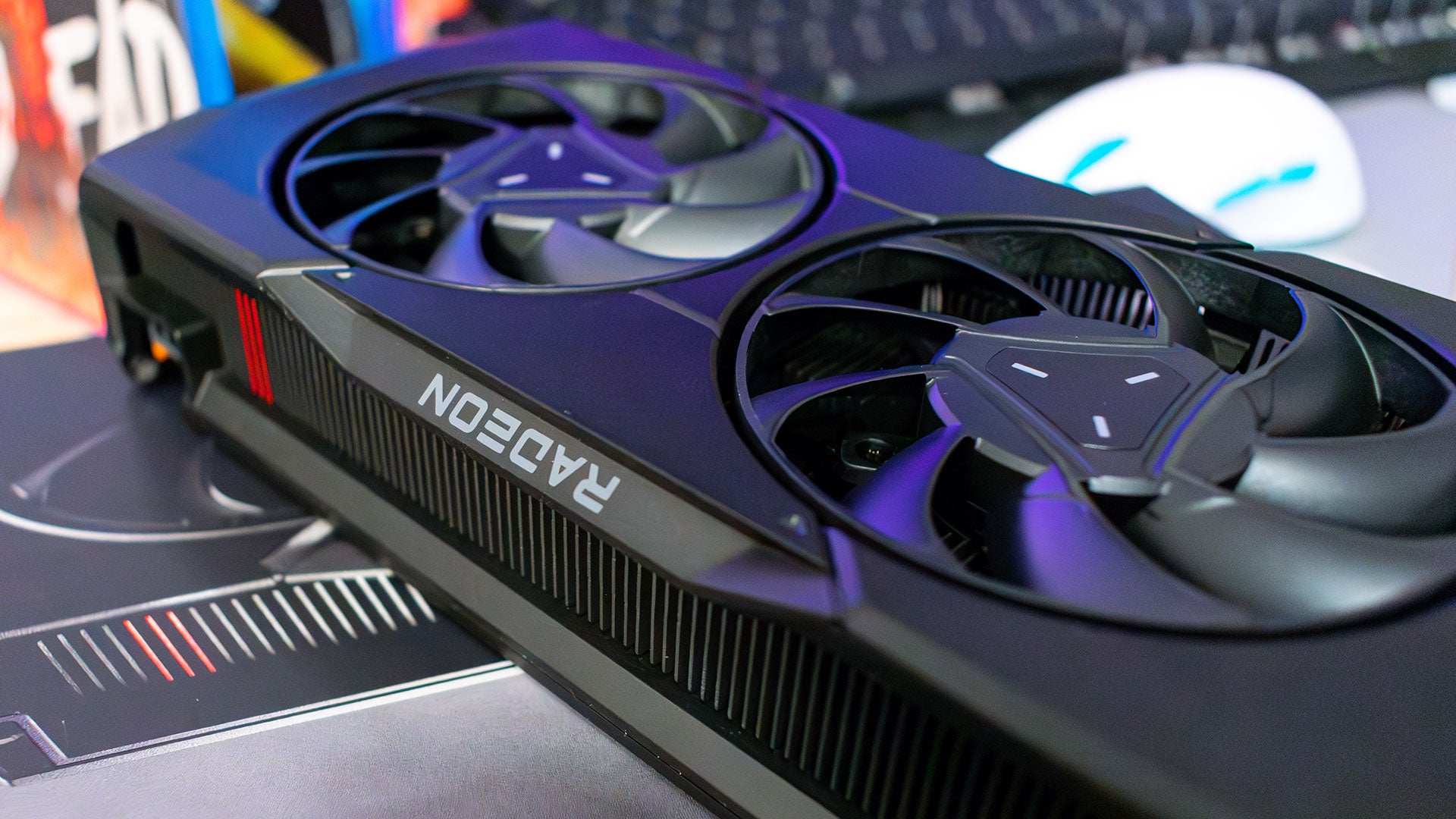AMD has made a significant move by introducing the RX 7600, a budget-friendly graphics card that aims to cater to the needs of 1080p gamers. While AMD has been relatively quiet in releasing new GPUs, Nvidia has steadily expanded its product stack. However, the RX 7600 is a compelling option, especially compared to Nvidia’s underwhelming RTX 4060 Ti.

Priced at $270, the RX 7600 is $60 cheaper than its predecessor, the RX 6600, which was released during the GPU shortage. It’s a positive sign to see prices returning to more normal levels after the shortage subsided. Although there was a last-minute price adjustment from the initially reported $300, it is hoped that abundant options will be available at the $270 price point, as that’s where the RX 7600 offers the best value.
Regarding specifications, the RX 7600 features 8GB of GDDR6 memory on a 128-bit bus, similar to the RX 6600 and RX 6600 XT, as well as Nvidia’s RTX 4060 Ti. While the limited bus and lower memory size may pose challenges at higher resolutions and demanding VRAM scenarios, the RX 7600 is not targeting 4K gaming, where memory bottlenecks become more pronounced. Its primary focus is on providing an excellent upgrade path for 1080p gamers, and in that regard, it succeeds.
When evaluating synthetic performance using 3DMark, the RX 7600 falls just below Nvidia’s RTX 3060 Ti but surpasses the RX 6600 XT. This is noteworthy considering the RX 7600’s lower price tag, offering superior performance compared to its predecessor at a more affordable price. The improvement over the previous generation is substantial, with a 29% boost in Time Spy benchmark scores while still being $60 cheaper than the last-gen option.
However, regarding ray tracing performance, the RX 7600 lags behind the competition from Nvidia and even Intel’s Arc A750. It’s important to note that 3DMark may give inflated scores for Intel GPUs, and real-world game performance aligns more closely between Nvidia and AMD cards. AMD positions the RX 7600 as a 1080p graphics card, making it a more reasonable choice than Nvidia’s higher-priced RTX 4060 Ti, which offers less power for more money.
Comparing it to the RX 6600 and RX 6600 XT, the RX 7600 demonstrates a 30% and 12% performance increase, respectively, while being slightly more expensive. The comparison against Nvidia’s RTX 3060 is even more favourable, with the RX 7600 offering a 17% performance advantage at a lower price point. In games without ray tracing, such as Horizon Zero Dawn, the RX 7600 showcases a massive 43% performance improvement and even outperforms the RTX 3060 Ti.
While the RX 7600 excels in most games, there are instances, like in Red Dead Redemption 2, where it falls behind Intel’s Arc A750 and A770. Nevertheless, this is the only game where the RX 7600 is noticeably outperformed.
Overall, AMD has delivered a compelling option for 1080p gaming with the RX 7600. Not only is it $60 cheaper than its predecessor, but it also offers better value than the decreasing prices of last-gen options.
Leave a Reply